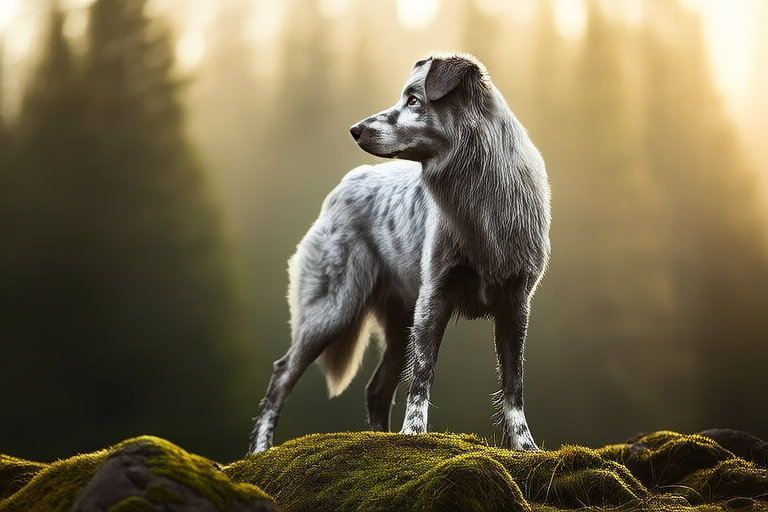The Ultimate Guide to Raising a Happy and Healthy Norwegian Elkhound
Breed Overview
The Norwegian Elkhound is an ancient breed that has been around for thousands of years. Originally bred for hunting large game such as moose, this breed is known for its resilience and loyalty. Here are some key characteristics:
- Size: Medium-sized, standing about 19 to 20 inches tall at the shoulder.
- Coat: Thick, double coat that sheds heavily twice a year.
- Lifespan: Typically lives between 12 to 15 years.
- Temperament: Friendly, alert, and intelligent.
Exercise Needs
Norwegian Elkhounds require plenty of physical activity to stay healthy and happy. They are energetic dogs that need regular exercise to prevent boredom and destructive behavior. Consider the following:
- At least one hour of daily exercise, including walks and playtime.
- Interactive games like fetch or agility training can also help keep them mentally stimulated.
- A fenced yard where they can run freely is ideal.
Dietary Requirements
Proper nutrition is essential for maintaining your Norwegian Elkhound’s health. A balanced diet should include high-quality protein, fats, carbohydrates, vitamins, and minerals. Here are some dietary tips:
- Feed a diet rich in meat, with fish or chicken being good options.
- Consult your veterinarian for specific dietary recommendations based on age, weight, and activity level.
- Monitor portion sizes to avoid obesity, which can lead to joint problems.
Grooming Tips
Grooming is an important aspect of caring for a Norwegian Elkhound. Their thick coat requires regular maintenance to prevent matting and skin irritations. Follow these steps:
- Brush their coat at least twice a week to remove loose hair and prevent tangles.
- Bathe only when necessary to avoid stripping natural oils from their skin.
- Check and clean their ears weekly to prevent infections.
Common Health Issues
While generally healthy, Norwegian Elkhounds may be prone to certain health conditions. Early detection and treatment are crucial for managing these issues effectively. Common health concerns include:
- Orthopedic Problems: Hip dysplasia and elbow dysplasia are prevalent.
- Epilepsy: Seizures can occur in some individuals.
- Allergies: Skin allergies may cause itching and discomfort.
Training Techniques
Training a Norwegian Elkhound can be rewarding but requires patience and consistency. They are intelligent dogs that respond well to positive reinforcement. Effective training methods include:
- Use treats and praise to reward desired behaviors.
- Keep training sessions short and fun to maintain their interest.
- Be consistent with commands to avoid confusion.
Socialization Advice
Socializing your Norwegian Elkhound from a young age helps them become well-adjusted adults. Expose them to various environments, people, and other animals to build confidence. Here’s how:
- Introduce them to different settings, such as parks, pet stores, and friends’ homes.
- Encourage interactions with other dogs through supervised playdates.
- Gradually introduce new experiences, like car rides or visits to the vet, in a calm and positive manner.
Tips for Owners
Raising a Norwegian Elkhound requires commitment and understanding. Here are additional tips to ensure you provide the best care possible:
- Provide mental stimulation through puzzle toys and interactive games.
- Ensure they have access to fresh water and a comfortable sleeping area.
- Regular veterinary check-ups are vital for monitoring their health.
Conclusion
Raising a Norwegian Elkhound can be a fulfilling experience if you are prepared to meet their unique needs. By providing proper exercise, nutrition, grooming, and training, you can help your dog live a long, happy, and healthy life. Remember, every dog is different, so tailor your approach based on your pet’s individual personality and requirements.
